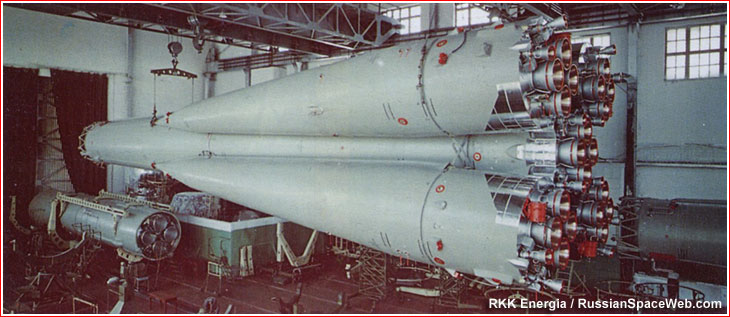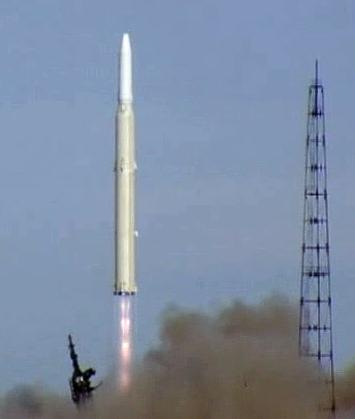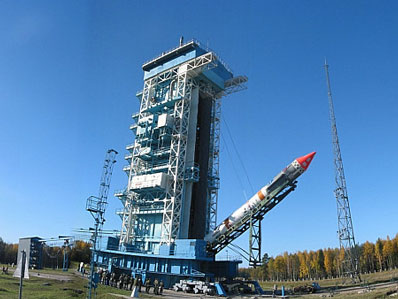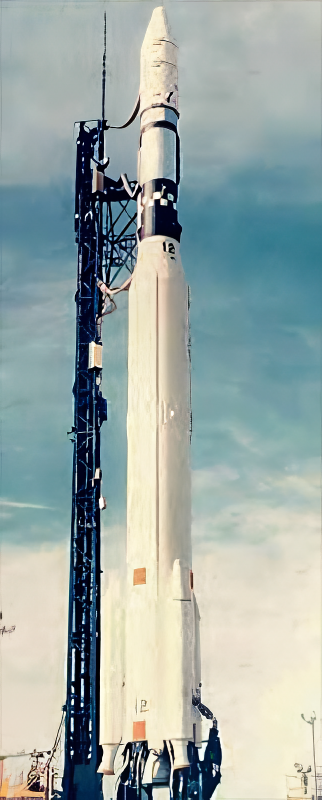Previous Spaceflight Launches
Filter by Agency, Locations or Vehicles
Show All LaunchesVoskhod | DS-P1-Yu 40
Soviet Space Program | RussiaPlesetsk Cosmodrome, Russian Federation
March 5, 1971, 1:02 a.m.
Long March 1 | Shijian 1
China Aerospace Science and Technology Corporation | ChinaJiuquan Satellite Launch Center, People's Republic of China
March 3, 1971, 12:02 p.m.
Status: Launch Successful
Mission:
Shi Jian 1 (SJ-1) was the second Chinese satellite. It was designed and built by the Chinese Academy of Space Technology (CAST). The 221 kg SJ-1 spacecraft was based on the DFH-1 satellite, from which it inherited the 1 m pressurized spherical structure, but it was powered by Silicon solar cells, which were mounted on 14 trapezoidal planes on the upper and lower hemispherical shells. Batteries and transmitters were housed in the pressurized compartment. SJ-1 was spin-stabilized.
Low Earth OrbitVoskhod | Zenit-4M 12
Soviet Space Program | RussiaBaikonur Cosmodrome, Republic of Kazakhstan
March 3, 1971, 9:30 a.m.
Soyuz 11A511L | T2K 2
Energia | RussiaBaikonur Cosmodrome, Republic of Kazakhstan
Feb. 26, 1971, 5:06 a.m.
Tsiklon-2 | I2P 6
Yuzhnoye Design Bureau | UkraineBaikonur Cosmodrome, Republic of Kazakhstan
Feb. 25, 1971, 11:11 a.m.
Voskhod | Zenit-4M 11
Soviet Space Program | RussiaPlesetsk Cosmodrome, Russian Federation
Feb. 18, 1971, 1:59 p.m.
Kosmos-3M | Tselina-O 8
Russian Space Forces | RussiaPlesetsk Cosmodrome, Russian Federation
Feb. 17, 1971, 9:09 p.m.
Thorad SLV-2H Agena D | KH-4B 13
McDonnell Douglas | United States of AmericaVandenberg SFB, CA, USA
Feb. 17, 1971, 8:04 p.m.
Thor Burner 2 | DSAP-5A F3
McDonnell Douglas | United States of AmericaVandenberg SFB, CA, USA
Feb. 17, 1971, 3:52 a.m.
Mu-4S | Tansei-1
Institute of Space and Astronautical Science | JapanUchinoura Space Center, Japan
Feb. 16, 1971, 4 a.m.






